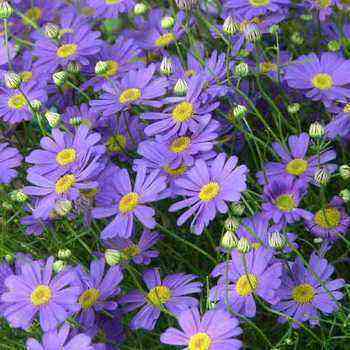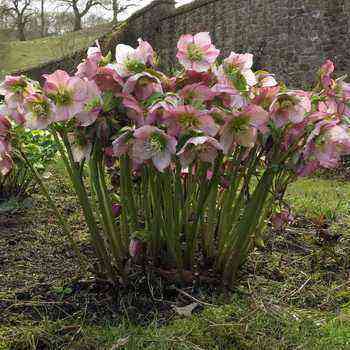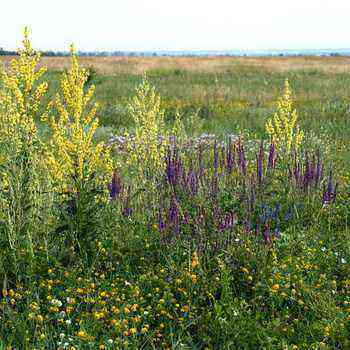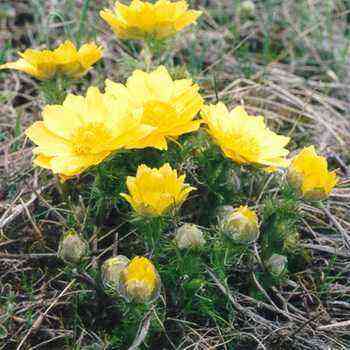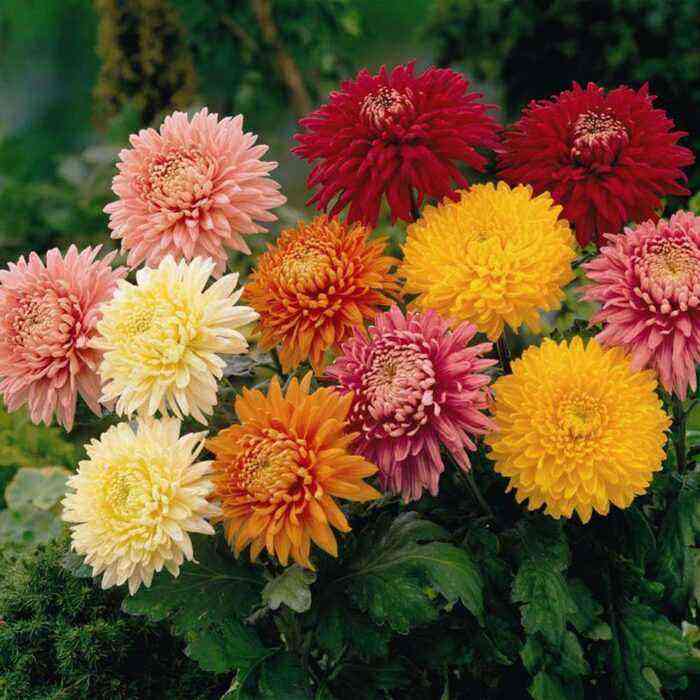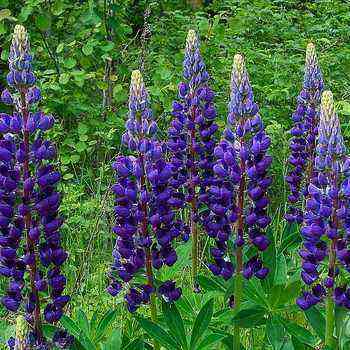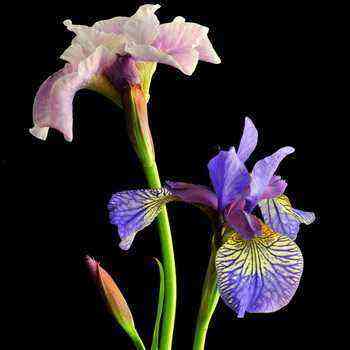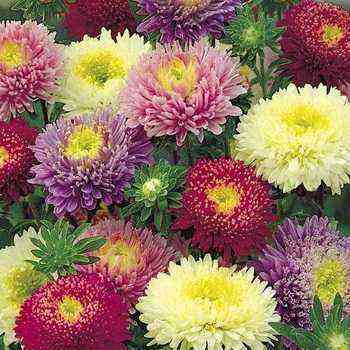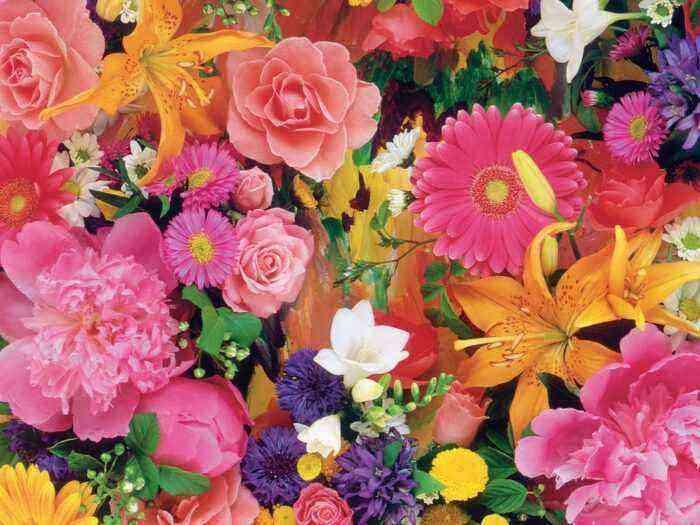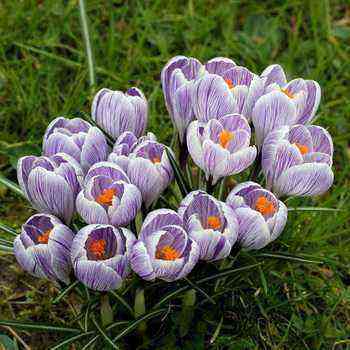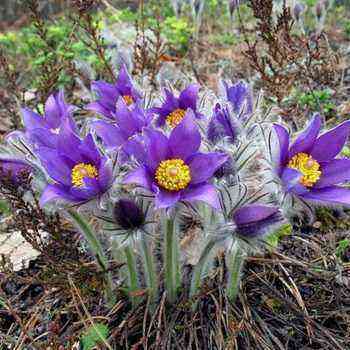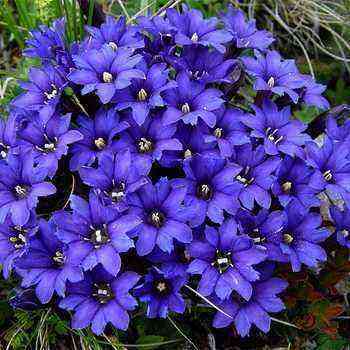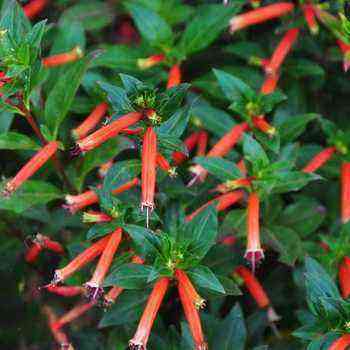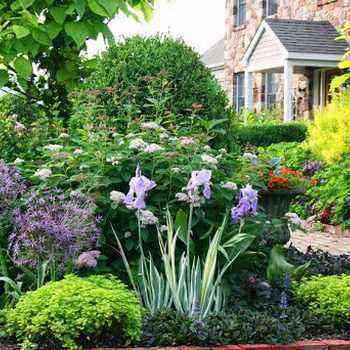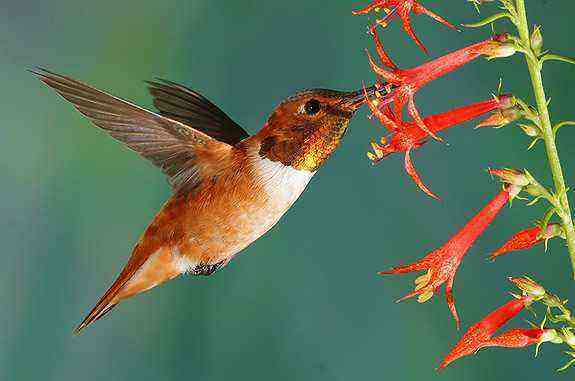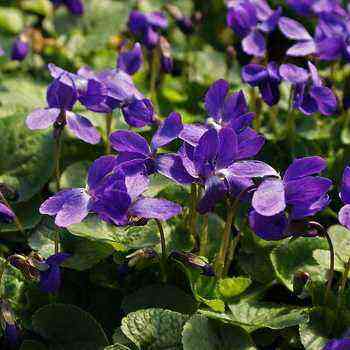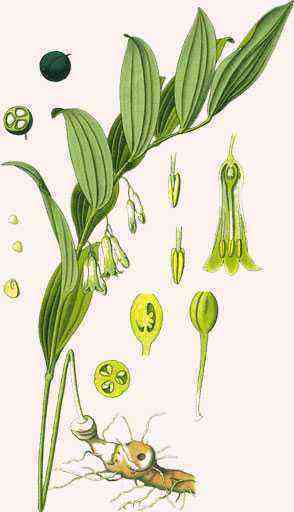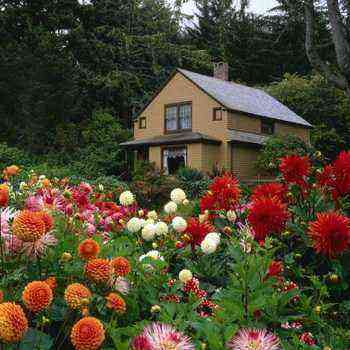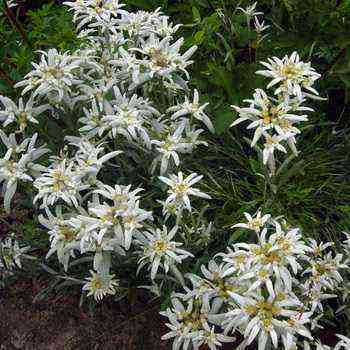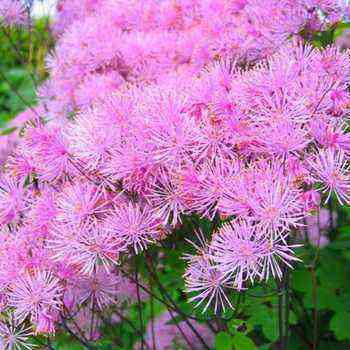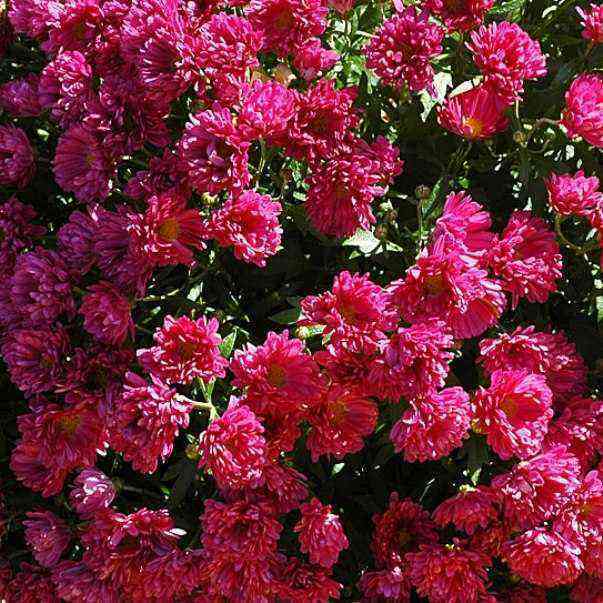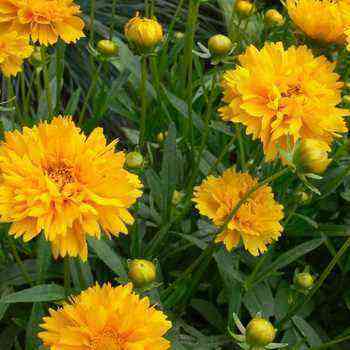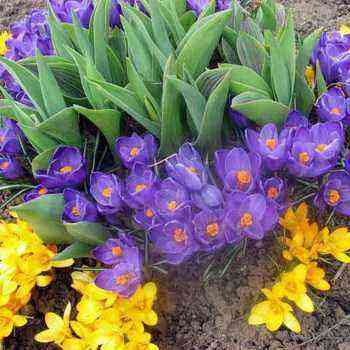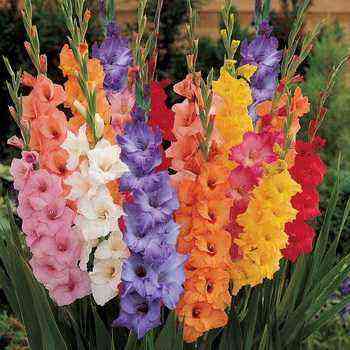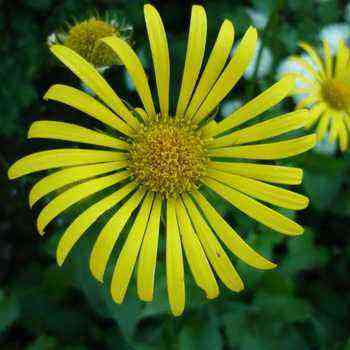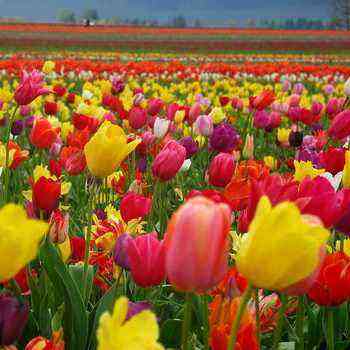 From a distance, the peduncles of the perennial plant Astilbe resemble panicles, but when you approach, you can see that hundreds of small flowers are located on a long stem. They look especially impressive against the background of ferns and in the shade of conifers, but single plantings are also possible, the main thing is to correctly form a culture in tones or plant a perennial in a group of the same color.
From a distance, the peduncles of the perennial plant Astilbe resemble panicles, but when you approach, you can see that hundreds of small flowers are located on a long stem. They look especially impressive against the background of ferns and in the shade of conifers, but single plantings are also possible, the main thing is to correctly form a culture in tones or plant a perennial in a group of the same color.
Description of varieties and types of perennial flowers astilba
Astilba is one of the most ornamental perennials, unfortunately not widespread. This plant is from the saxifrage family.
For your attention – a photo and description of astilba, suitable for growing in the middle lane:

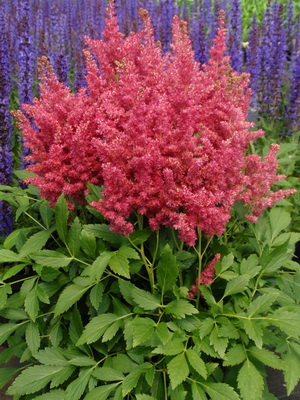
The stem, together with the inflorescence, reaches a height of 60-100 cm. The leaves are compound, double-pinnate. Separate leaves with a heart-shaped base, shiny above and matte below. On a sunny day, they give an extraordinary play of light.
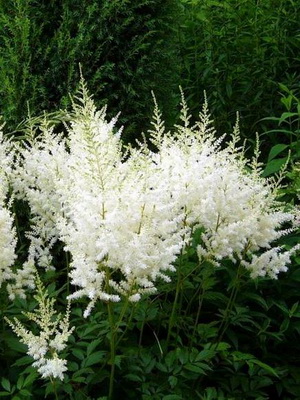


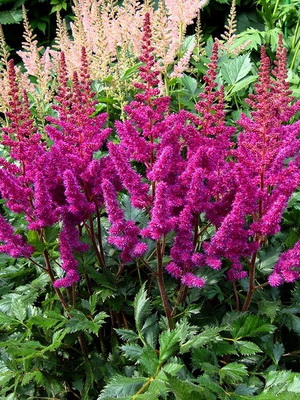
Flowers – white, pink, red, lilac of different shades, collected in terminal racemose, rather large (up to 20-30 cm in length) inflorescences. They can be pyramidal, rhombic, drooping.
The description of the roots of the astilbe plant in all species is similar – as a rule, the rhizome is woody, dense, thickened and branched.
The culture blooms in June and August. The seeds are easy to set, but very, very small.
An unusually large number of astilba varieties have been created. In some, the flower petals are so short that the inflorescences look delicate, in others, due to the many well-developed petals, the inflorescence turns into a fluffy panicle.
To create astilbe varieties, the following types were used:
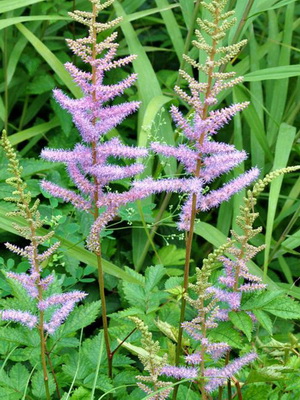
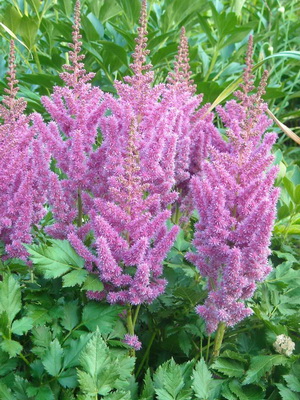
Chinese
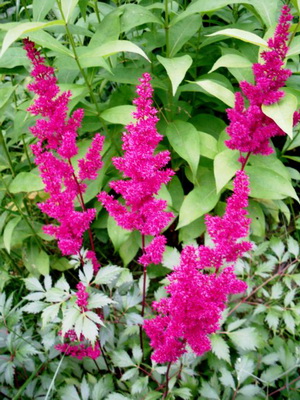

David and Japanese
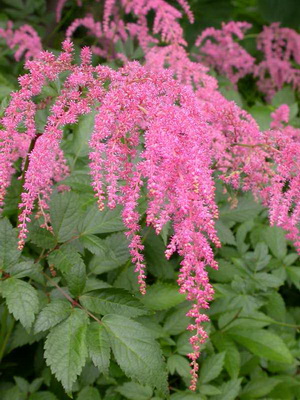
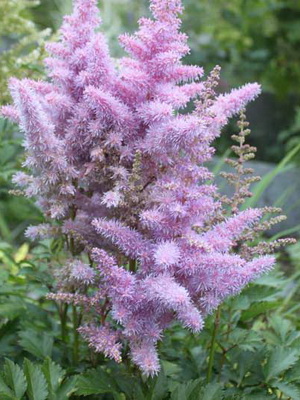
Thunberg and whole-leaved.
A great variety of varieties are classified into 11 groups, of which hybrids are the most popular:
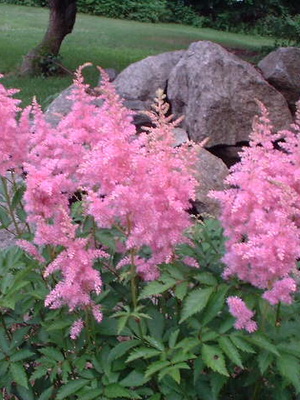

Arends;
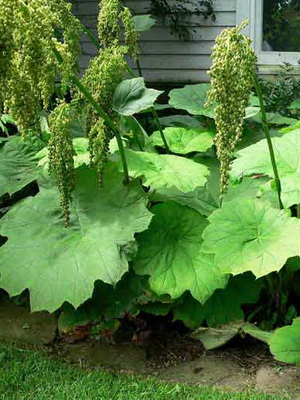

Astilboydes;
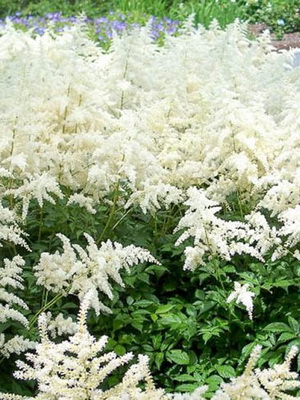
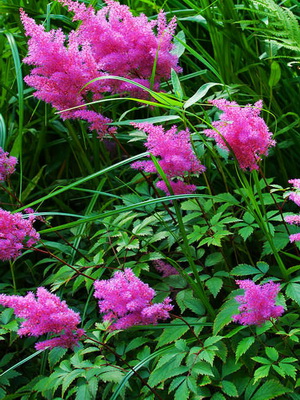
Chinese, low;
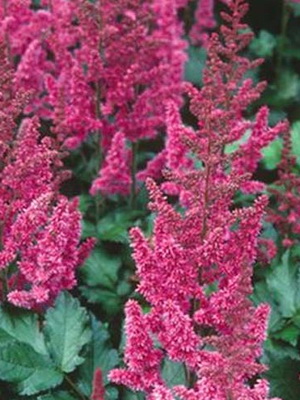
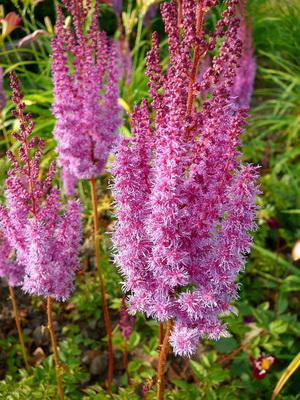
Fringed;
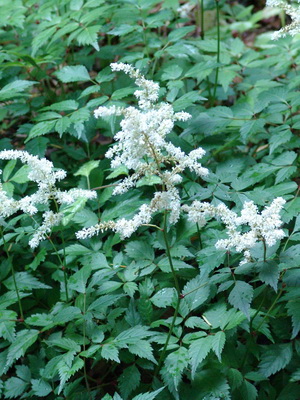
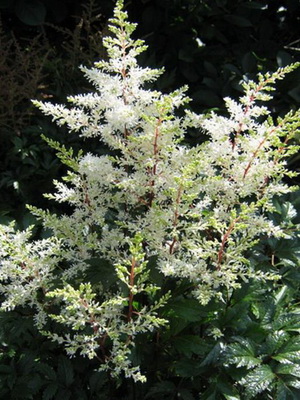
Lemoine;
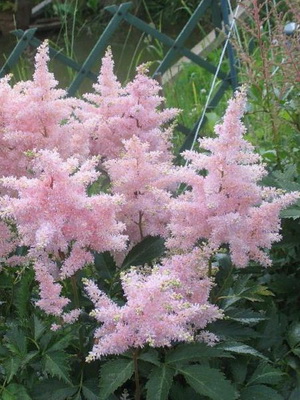

Pink;


Variegated;
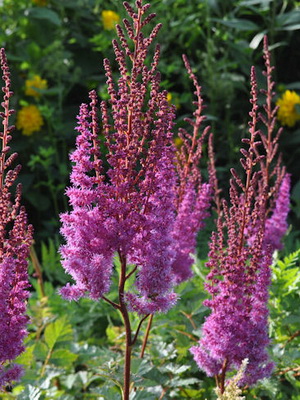
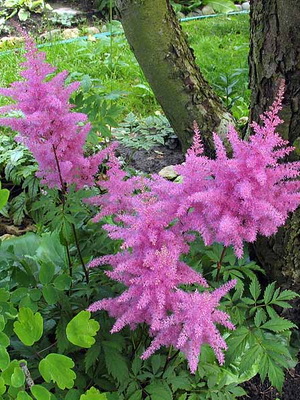
Astilba Take (Superba variety);
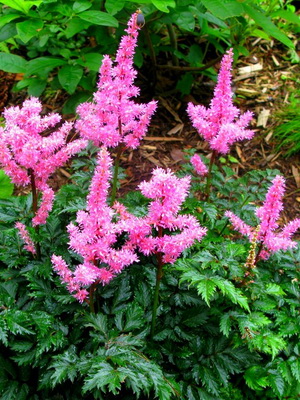
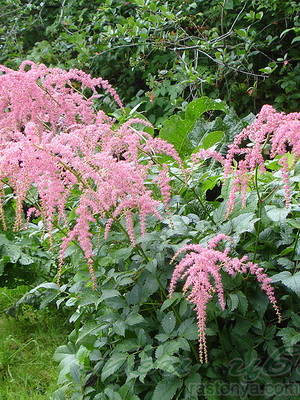
Thunberg;

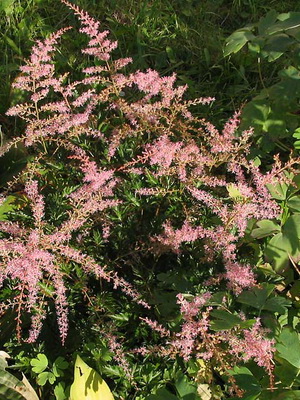
Astilba is naked.
There are a number of fragile, miniature varieties of crops that do not exceed 30 cm in height. These plants are suitable for small flower beds or humid places on a slide. The most popular are dwarf forms of the perennial flower astilbe : Chinese, curly, naked (its height is only 10-15 cm).
How to propagate astilba and care for a flower
It is generally accepted that astilba is a plant in semi-shady places that does not like open and long sun. No wonder it is more common in the Baltic States and northern regions of Russia than in the south. However, in the sunny south, Astilba feels great. Its flowering here is lush, luxurious, however, less long-lasting.
When planting and caring for astilba, one must not forget that this plant does not tolerate drought.
Overheating of the soil is destructive for its rhizome. Therefore, daily watering in the hot season in the evening is mandatory. Nothing retains moisture in the soil like mulching, which is done with a layer of humus, sawdust or peat 3-5 cm.
How to care for astilba so that it blooms for as long as possible? The soils should be deep, nutritious, loose and moist. With fertilizing, the flower is very decorative. It is necessary to feed from spring, when shoots begin to grow. Like everything during the growth period, it requires nitrogen, better organic, that is, fermented mullein, bird droppings. But after flowering, it switches exclusively to phosphorus and potassium.


Since a culture in one place can grow up to 20 years, special attention should be paid to planting. They dig the soil well, make holes 20-30 cm deep and the same width. Each of them is filled with 20-25 g of superphosphate, a couple of handfuls of wood ash and half a bucket of humus. All are mixed, delenki are planted and watered. Fertilization begins from the second year of life.
There are three ways how to propagate astilba: by dividing the rhizome, cuttings, seeds. The simplest and most reliable is the division of the bush. It is better to divide the bush in early spring, then you can expect flowering this year. But astilba is such a culture that it takes root well when dividing both in summer and autumn. The size of the division does not matter, but the presence of 1-3 buds and branches of the rhizome with a length of 3-5 cm is required. After planting the cuttings, especially if it is done in the summer, you need daily abundant watering for 1-2 weeks. For early spring planting, watering is also important, but not so abundant. Warmth is much more important in spring. Success is assured in warm springs and problematic in cold ones.
Delenki are planted at a distance of 30-50 cm from each other. Astilbe can be propagated by green cuttings – also in spring, but they are much more troublesome than with root cuttings. They are rooted in a greenhouse under a film and with constant watering, spraying, airing.
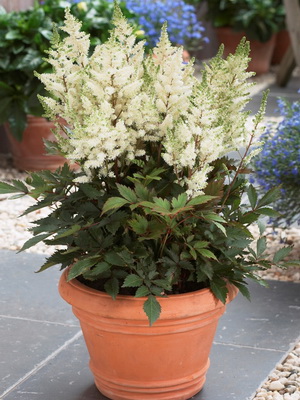

Astilba in flower beds is good both in uniform plantings and in groups. Classic combinations of astilbe with Siberian iris, hosta, fern. Astilbe looks good with blood-red geraniums, phloxes, bells. It is planted in groups in the sparse shade of trees and shrubs, in flower beds located in shady places, used to cut inflorescences.
Single blotches of astilba are possible among decorative conifers – junipers, firs, thujas. Astilba feels very good near water bodies. It is also used for forcing, in March – April. But for this, certain varieties are used, mainly from Japanese hybrids.

